Introduction
Plastic waste is one of the biggest environmental problems we face today. Every year, millions of tons of plastic end up in landfills and oceans, causing severe damage to ecosystems and wildlife. This plastic can take hundreds of years to decompose, leading to long-term pollution and harm. Recycling has become a crucial solution to combat this issue, and plastic shredder machines play a vital role.
This blog post will explore what plastic shredder machines are, how they work, and why they are essential. We will also look at the different types of plastic shredders available and how businesses can choose the right one for their needs. Understanding these aspects will help us appreciate the value of plastic shredders in making our world cleaner and greener.
Stay tuned as we dive into the world of shredder machines and learn how they positively impact waste management and recycling.
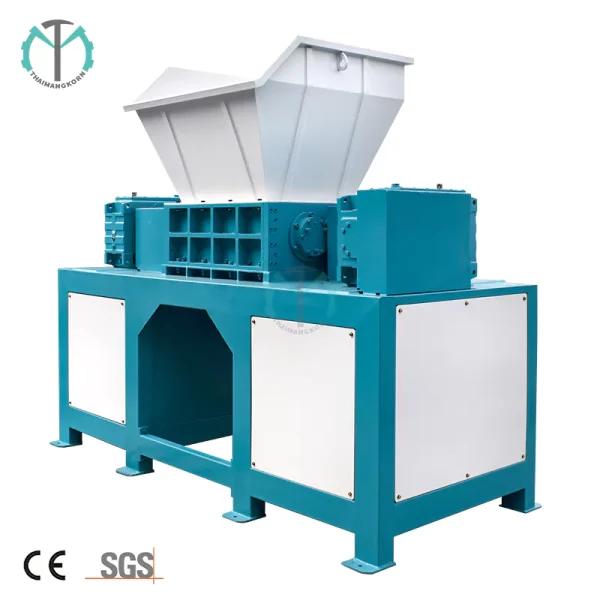
Understanding Plastic Shredder Machines
Definition and Basic Functionality
Shredder machines are powerful tools used to reduce the size of plastic waste. They are designed to break down large pieces of plastic into smaller, more manageable fragments. This process helps in recycling by making it easier to handle and process plastic waste.
How Do Plastic Shredder Machines Work?
Plastic shredder machines use sharp blades to cut plastic into smaller pieces. The plastic waste is fed into the machine, where it encounters moving and fixed blades that shred it. The output size of the shredded plastic is controlled by a screen, which allows only pieces of a specific size to pass through. It ensures that the shredded plastic is uniform in size and ready for further processing.
The shredding process involves three main actions:
Shredding: The plastic is torn into smaller pieces by the blades.
Shearing: The blades shear the plastic, cutting it into smaller fragments.
Squeezing: The plastic pieces are compressed, making them more compact and easier to handle.
Types of Plastic Shredder Machines
Several shredder machines are designed for different purposes and types of plastic waste.
Single Shaft Shredders: These shredders have one rotating shaft with blades attached. They are suitable for processing softer plastics and producing smaller output sizes. Single-shaft shredders are often used for materials like polyethylene (PE) and polypropylene.
Dual Shaft Shredders: These machines have two shafts with interlocking blades. They are designed for shredding thicker, more rigid plastics such as pipes and car parts. Dual-shaft shredders can handle tougher materials and produce larger output sizes.
Four Shaft Shredders: These are more robust shredders with four interlocking shafts. They provide more shredding power and can handle a variety of materials, including heavy-duty industrial waste. Four-shaft shredders are ideal for processing large quantities of plastic waste.
Each shredder type has unique features and is suited for different applications. Businesses can choose the right machine for their specific needs by understanding the functionality and types of plastic shredders.
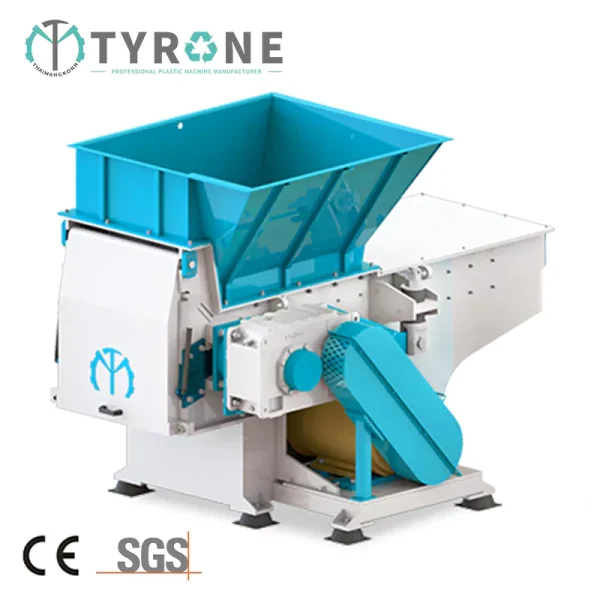
Importance of Plastic Shredder Machines in Waste Management and Recycling
Role in Volume Reduction
One of the primary benefits of plastic shredder machines is their ability to reduce plastic waste volume significantly. By breaking down large plastic items into smaller pieces, these machines make handling, transporting, and storing plastic waste easier.
This volume reduction is crucial because it decreases the space needed to store waste before processing it. Smaller, shredded plastic pieces are also easier to move, lowering transportation costs and making recycling more efficient.
Contribution to Resource Conservation
Shredder machines are vital for conserving natural resources. When plastic waste is shredded, it becomes easier to recycle and reuse. This process helps in turning plastic waste into valuable raw materials that can be used to create new plastic products.
By recycling plastic, we reduce the need for new, virgin plastic production, conserving petroleum and other resources used in manufacturing. It helps save resources and reduces the environmental impact of plastic production.
Environmental Benefits
Using plastic shredder machines significantly benefits the environment. Shredded plastic waste is less likely to end up in landfills or oceans, where it can cause severe pollution and harm wildlife. By processing plastic waste efficiently, these machines help reduce the overall volume of trash that needs to be managed.
Additionally, recycling shredded plastic reduces greenhouse gas emissions compared to producing new plastic, thereby contributing to the fight against climate change.
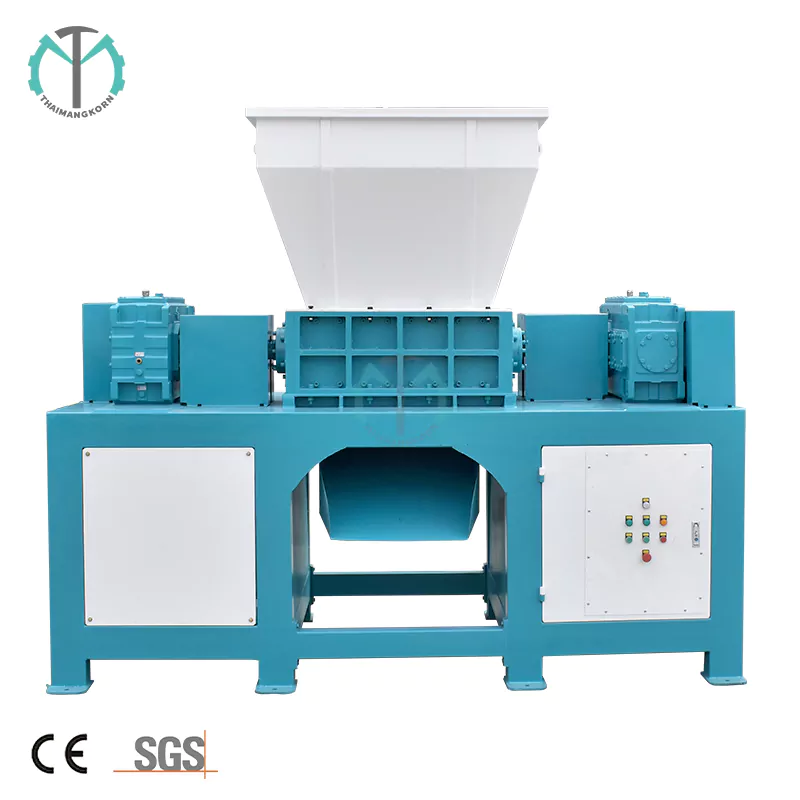
Benefits of Using Plastic Shredder Machines
Efficiency in Recycling Operations
Plastic shredder machines enhance the efficiency of recycling operations. By breaking down plastic waste into smaller pieces, shredders make it easier to clean and sort the plastic. This preparation step is crucial for subsequent recycling processes like granulation or pelletizing, where the shredded plastic is further processed into uniform granules or pellets.
Efficient shredding ensures that the recycling operations run smoothly and effectively, leading to higher-quality recycled materials.
Cost-Effectiveness
Using plastic shredder machines can lead to significant cost savings. Reduced volume of plastic waste means lower transportation and storage costs. Additionally, by recycling shredded plastic, businesses can lower their expenses on raw materials.
The cost-effectiveness of shredding and recycling plastic also extends to the reduced need for landfill space and the associated waste disposal costs.
Versatility
Plastic shredder machines are versatile tools that handle various plastics and other materials. A shredder is designed to process each type, whether soft plastics like polyethylene or more rigid plastics like high-density polyethylene. This versatility allows businesses to use shredders for various applications, making them an invaluable asset in recycling.
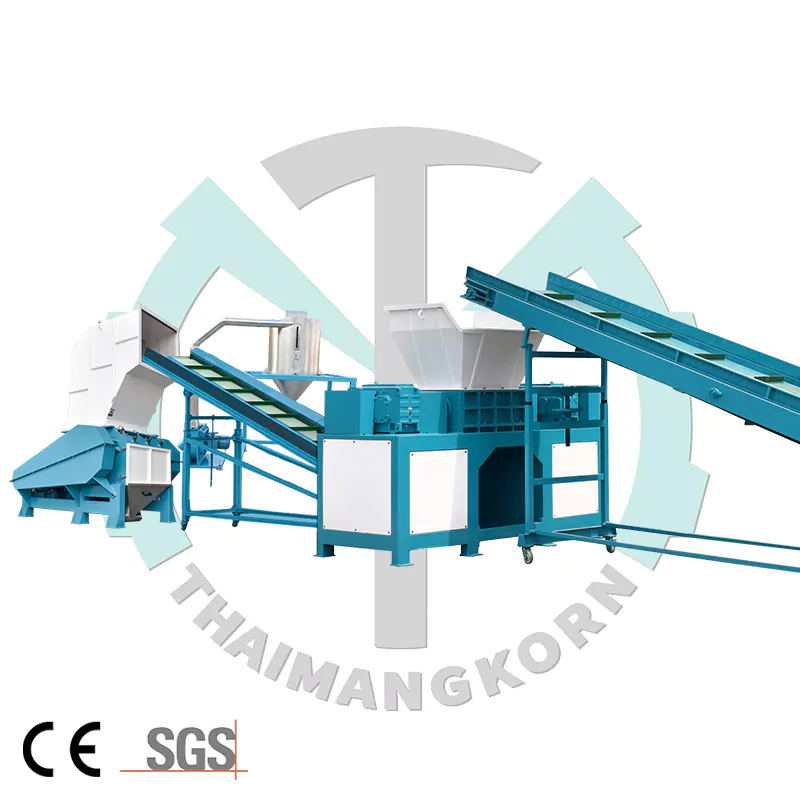
Types of Plastic Shredder Machines in Detail
Single Shaft Shredders
Functionality and Features
Single-shaft shredders are designed with a rotating shaft equipped with blades or hammers. These machines are suitable for processing softer plastics, such as polyethylene (PE) and polypropylene (PP), producing smaller output sizes.
The single-shaft design allows for precise control over the size of the shredded material, making these shredders ideal for applications where uniform particle size is essential.
Benefits and Use Cases
Single-shaft shredders are compact and cost-effective, making them a good choice for small to medium-sized recycling operations. They often shred plastic films, bags, and other soft plastic products.
The ability to produce fine, uniform particles makes single-shaft shredders particularly useful in preparing materials for further recycling processes like granulation and pelletizing.
Dual Shaft Shredders
Functionality and Features
Dual-shaft shredders, also known as twin-shaft shredders, utilize two parallel shafts with interlocking blades. These machines are designed to handle tougher, more rigid plastics, such as high-density polyethylene (HDPE) and acrylonitrile-butadiene-styrene (ABS).
The dual shaft design provides greater shredding power and throughput, making these shredders suitable for heavier and bulkier plastic waste.
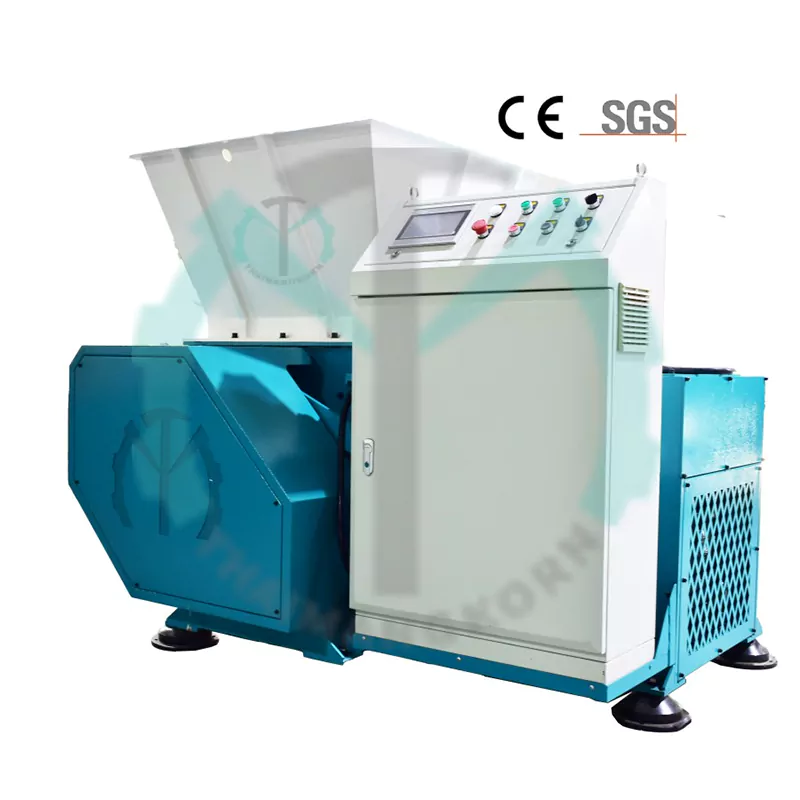
Benefits and Use Cases
The robust construction of dual-shaft shredders allows them to process large plastic items like pipes, car parts, and thick plastic containers. They are widely used in industrial settings where managing and recycling large volumes of plastic waste is critical.
Dual-shaft shredders also effectively reduce the size of materials for easier transportation and further processing.
Four Shaft Shredders
Functionality and Features
Four-shaft shredders have four interlocking shafts that provide even more power and versatility. These machines can handle a wide range of materials, including soft and rigid plastics and other types of waste like metal and wood. The four-shaft design ensures thorough shredding, resulting in smaller, more uniform pieces.
Benefits and Use Cases
Four-shaft shredders are ideal for large-scale recycling operations that process diverse types of waste. They are instrumental in industries that generate waste materials, allowing for efficient and comprehensive shredding.
These machines are also known for their durability and high throughput capacity, making them suitable for continuous operation in demanding environments.
How to Choose the Right Plastic Shredder Machine
Assessing Material Types
When selecting a plastic shredder, it’s essential to consider the types of plastic materials you need to process. Different shredders are designed to handle various plastics, from soft to stiff and rigid materials. For example:
Single-shaft shredders are ideal for softer plastics like polyethylene (PE) and polypropylene (PP). These materials are commonly found in plastic films, bags, and packaging.
Dual Shaft Shredders are better suited for thicker, more rigid plastics such as high-density polyethylene (HDPE) and acrylonitrile-butadiene-styrene (ABS). These materials are often used in pipes, automotive parts, and industrial containers.
Four Shaft Shredders can handle various materials, including soft and rigid plastics and other waste materials like metals and wood. This versatility makes them suitable for industries with diverse waste streams (CM).
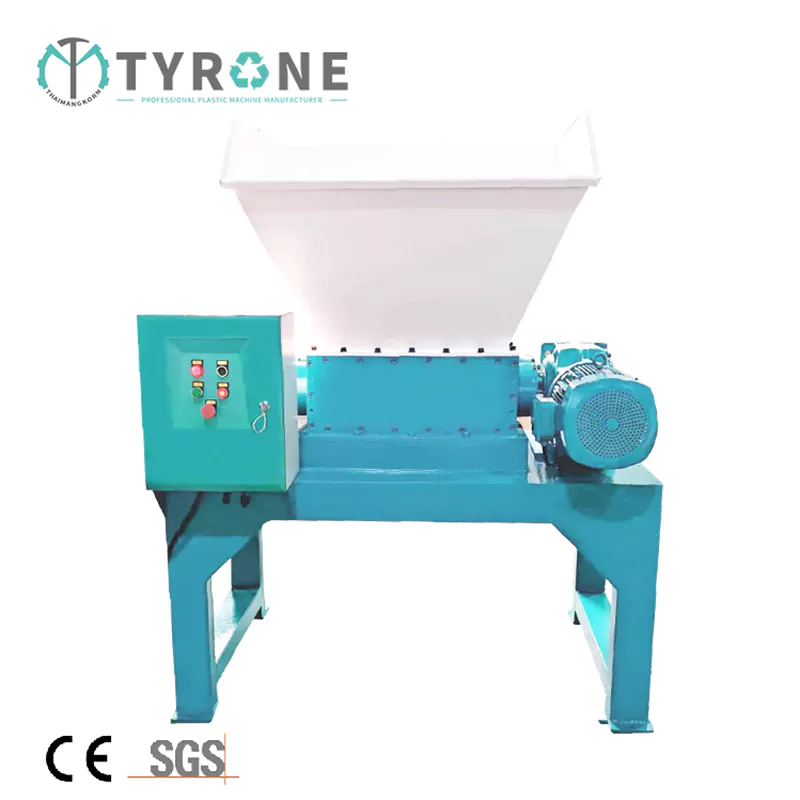
Capacity Requirements
Another critical factor to consider is the capacity of the shredder. Capacity requirements depend on the volume of plastic waste you need to process. Shredders come in various sizes and throughput capacities, so it’s essential to choose one that matches your operational needs:
Small to Medium Operations: -Single shaft shredders with moderate throughput may be sufficient for smaller recycling operations. These machines are compact and efficient for handling lower volumes of plastic waste.
Large-Scale Operations: Dual or four-shaft shredders with higher throughput capacities are more suitable for larger recycling facilities. These machines can process significant volumes of plastic waste quickly and efficiently, making them ideal for industrial applications.
Conclusion
Plastic shredder machines are essential for efficient waste management and recycling. They reduce the volume of plastic waste, conserve natural resources, and protect the environment. By understanding the different types of shredders and choosing the right one based on material type and capacity needs, businesses can enhance their recycling operations and contribute to a cleaner, greener planet.


